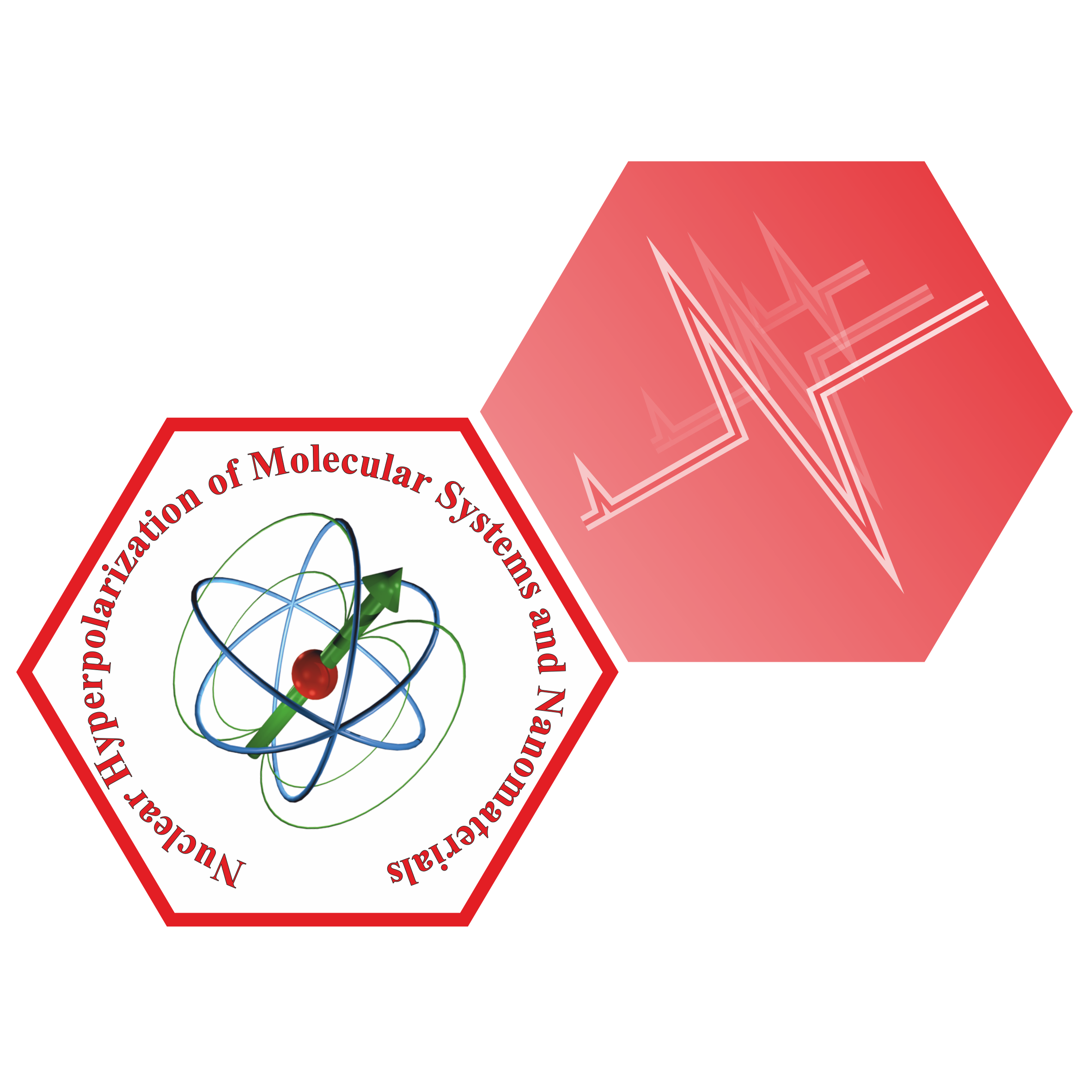Funding
OPUS-21 M. Urbańczyk
Fast Laplace NMR methods for time-dependent processes analysis
This project is concerned with developing a Magnetic Resonance based methodology which will emphasize its practical applications in science and industry. This approach is based on Laplace transformation, i.e., Laplace Nuclear Magnetic Resonance LNMR, an emerging high potential analytical tool. [1-4] We will develop a new suite of experiments for multidimensional Laplace Nuclear Magnetic Resonance (LNMR) analysis of time-dependent processes, which are not easily accessible for classical NMR. We will build complex LNMR methods that combine Ultra-Fast LNMR (UF-LNMR[1]) developed by Prof. Telkki from the University of Oulu (the project PI was a postdoc in his group), and Time-Resolved LNMR (TR-LNMR) firstly introduced by the PI of the proposal[2]. LNMR will allow us to utilize this method's power to analyze dynamic processes with the temporal resolution not previously achievable in modern NMR. The high potential of this methodology will be utilized to analyze some systems that are of pivotal importance in the field of catalysis and material sciences. We will demonstrate that our LNMR approach can be used for the comprehensive in-situ monitoring of chemical reactions, which is of central importance in the field of automated systems for chemical discovery.[5] In this case, two exemplary important chemical reactions will be monitored via LNMR: (i) hydrogenation reactions and (ii) polymerization processes. Regarding (i), the mixture of different compounds with unsaturated bonds will be hydrogenated with the use of a heterogeneous Wilkinson-type catalyst. Importantly, we will integrate our LNMR approach with Parahydrogen Induced Polarization, which can boost weak NMR signals by a few orders of magnitude. Concerning (ii) the polymerization, LNMR will be employed to determine the progress of polymerization. In particular, we will integrate LNMR with NMR-illumination to monitor photopolymerization processes of anthracene derivatives, which are very challenging to investigate. Moreover, the analytical potential of our method will be demonstrated on the example of food productions. Specifically, we will focus on cheese maturation and rennet enzymatic reaction with milk, which will be investigated on the low-cost benchtop machines. By this example, we would like to demonstrate that our methodology together with benchtop spectrometers can also be utilized by quality control laboratories in the food production industry, where high field spectrometers are hardly used due to economic reason. In the final step of our project, in addition to the development of the methodology, a user-friendly tool-box will be designed, which will contain a set of pulse-sequences, the acquisition macros, and a program with a graphic interface for processing and analysis of the spectra. Regarding the above tasks, the project can be divided into three main sections: methodology development, applications, and tool-box. These sections will be implemented step-by-step in a more efficient way. Some tasks are going to be implemented in a parallel manner. The project will be implemented in the NMR group based in IPC PAS. This unit has all the necessary equipment for successful project implementation. The well-equipped NMR machines with the field of 7.04, 9.4, and 11.7 T are accessible. The laboratory is also equipped with PHIP equipment which will be used for the signal enhancement of the in-situ reaction monitoring[6]. The NMR group has state-of-the-art equipment for illuminated NMR [7], which will be employed to monitor the photopolymerization. The superbly equipped wet laboratory with a glove box is accessible. The results of this project will be presented during scientific conferences and symposia. Importantly, we are going to publish our results in high-ranking journals. It is worth noting that the PI has already published papers that were well received by the scientific community. The potential commercialization and patenting of our results are also considered within this project, as it has a high potential for applications in various fields.
[1] S. Ahola, et al., Nat. Commun., 2015, 6, 1–7. 2.
[2]M. Urbańczyk et al., , Analyst, 2016, 141, 1745.
[3]M. Urbanczyk et al., Anal. Chem. 2020, 92, 14, 9948.
[4]O. Makkinen et al., Nat. Commun.,2020, (2020) 11:3251.
[5] L. Granda et al., Nat. Commun., 2017, 8, 15733.
[6] T. Ratajczyk et al., Chem. Eur.J.2015, 21,12616.
[7] J. Dobkowski et al., . Phys. Chem. A 2019, 123, 32, 6978



